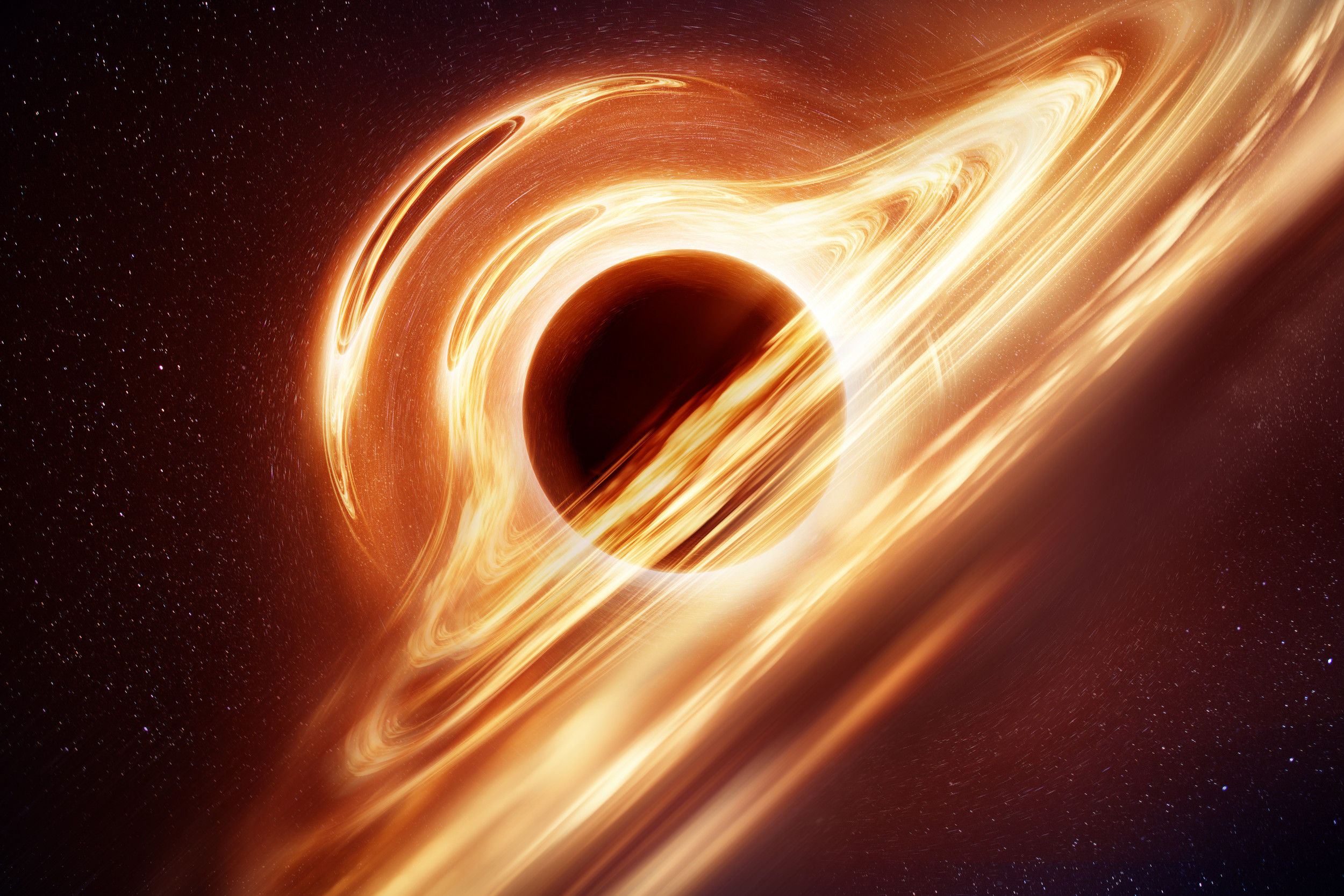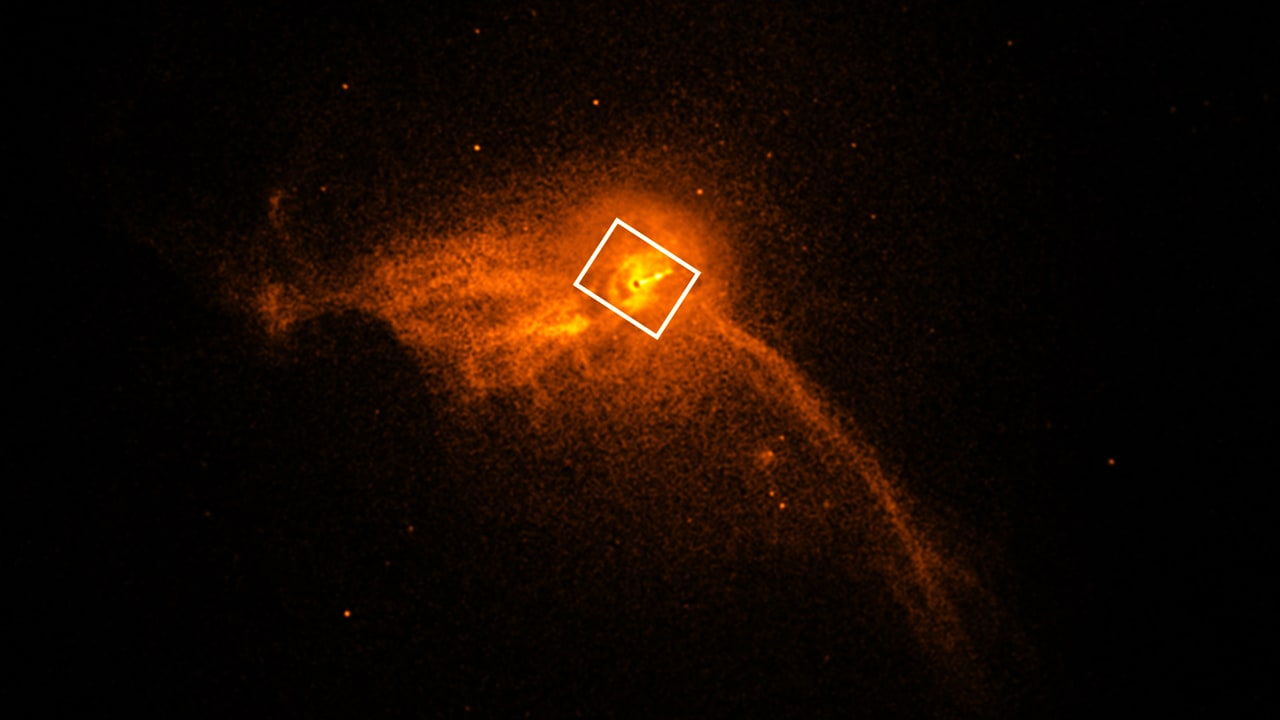
Why it matters - Since its release in 2019, the first image of M87* has helped scientists confirm theories about the nature of these cosmic beasts, including their size and the amount of material surrounding them.īut we still don’t understand some things about black holes, such as the mechanisms that govern their physical structures. The final result is a time and frequency-resolved reconstruction of the shadow of M87* over the entire observational cycle. The study’s algorithm then filled in the missing information using what the scientists already knew about the black hole. The team then divided the data into multiple image frames leading to a time-dependent reconstruction of the observations of M87*. The team used this method via the sky’s brightness during the observation period, already available data on M87*, and a more flexible correlation of space and time. They used a method known as Bayesian inference, which gives better predictions based on available data. The team of scientists behind the new study wanted to make up for the scarcity of data that produced the image of M87*, including the changes in its brightness over time. But this method uses timescales of days, and the source, in this case, is variable, changing in brightness throughout the observation period. WHAT’S NEW - The first black hole image was captured using very-long-baseline interferometry techniques, which employ multiple radio telescopes on the ground to collect signals from distant sources.ĮHT observed M87* during eight-hour cycles for seven days. Locations for the Event Horizon Telescope (EHT) and the Global mm-VLBI Array (GMVA). The resulting image revealed a crescent of hot gas and debris orbiting the black hole’s event horizon, the region of space directly surrounding a black hole from which nothing can escape. The telescopes gathered five petabytes, or 5,000 terabytes, of data, with around 350 terabytes collected each day of the observation period. Synchronized by custom-made atomic clocks, the international team behind the black hole image collected incoming radio signals from the distant black hole and logged the data on super-fast data recorders built specifically for the task. For comparison, Sagitarrius A* - the black hole at the center of our galaxy - is only about 2.6 million solar masses. The M87 black hole (the * in M87* differentiates it from the galaxy) is around 6.5 billion solar masses, or times the mass of the Sun. HERE’S THE BACKGROUND - The EHT comprises eight telescopes located on five continents.įor seven days in April 2017, the EHT collaboration pointed its telescope array towards a black hole at the center of galaxy Messier 87, located 55 million light-years away from Earth. The team published its work Monday in the journal Nature Astronomy. And now, in 2022, another team of scientists filled in the missing gaps in the original image, providing a reconstruction of the shadow of M87* over seven days in four dimensions. In 2021, a new image revealed polarized light in the giant cosmic maw. The image revealed the silhouette of black hole M87* surrounded by a glowing halo of hot gas. In 2019, a team of more than 200 astronomers using a global network of telescopes known as the Event Horizon Telescope (EHT) accomplished what was seemingly impossible by releasing the first image of a black hole. Now, a just-published study sheds new light on a dark place. Medeirois et al.On April 10, 2019, the world got its first look at a supermassive black hole. The blurring occurs such that the image can match the resolution of EHT and the algorithm doesn’t add resolution when it is filling in gaps that the EHT would not be able to see with its true resolution.


The original image of M87 from 2019 (left) compared to the PRIMO reconstruction (middle) and the PRIMO reconstruction “blurred” to EHT’s resolution (right). This could have “important implications for measuring the mass of the central black hole in M87 based on the EHT images,” the paper states.

Their edited image shows a thinner “event horizon,” the glowing circle formed when light and accreted gas crosses into the gravitational sink.
They also relied on a mathematical technique called Fourier transform to turn energy frequencies, signals, and other artifacts into information the eye can see. In this case, the authors trained the neural network with simulations of accreting black holes-a mass-sucking process that produces thermal energy and radiation. The AI they used, called PRIMO, is an automated analysis tool that reconstructs visual data at higher resolutions to study gravity, the human genome, and more. This group fed the observatories’ raw interferometry data into an algorithm to produce a sharper, more accurate depiction of the black hole. In a study published on April 13 in The Astrophysical Journal Letters, physicists from four US institutions used AI to sharpen the iconic image.


 0 kommentar(er)
0 kommentar(er)
